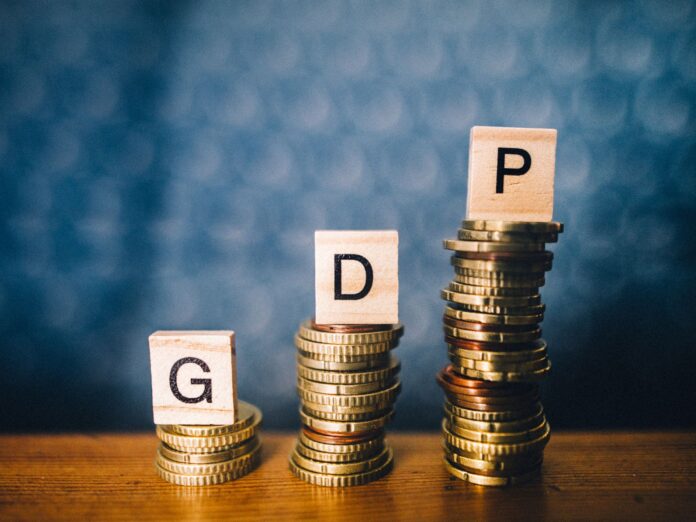Islamabad: The State Bank of Pakistan (SBP) has projected that the GDP growth rate will settle between 2 and 3 percent in the current financial year 2023-24 as compared to the target of 3.5 percent.
The SBP released its Annual Report on the State of Pakistan’s Economy for the fiscal year 2022-23.
The report highlights that Pakistan’s economic situation has started to show some early signs of improvement.
The country was able to secure a US$ 3.0 billion Stand-By Arrangement (SBA) from the IMF, towards the end of FY23, which helped in alleviating near-term risks to the external sector.
The high frequency indicators are suggesting bottoming out of economic activity from July 2023. The withdrawal of guidance on import prioritisation, alongside gradual ease in FX position, is expected to somewhat ameliorate supply chain situation and lift growth in LSM as well as exports. Moreover, an expected rebound in cotton and rice production will support agriculture growth in FY24. Reflecting these considerations, the SBP expects real GDP growth in the range of 2 – 3 percent in FY24.
The SBP has also projected the current account deficit to fall in the range of 0.5 – 1.5 percent of GDP in FY24.
The report states that the lagged impact of monetary tightening, and other contractionary measures, is expected to keep domestic demand in check.
Furthermore, the prospects of improvement in supply situation on account of likely increase in production of important crops and imports is expected to bring down inflation in the range of 20.0 – 22.0 percent in FY24.
Slightly improved global and domestic growth prospects are expected to bolster foreign exchange earnings from exports of goods and services. Although import volumes are likely to increase, lower commodity prices may prevent a significant expansion in imports bill during FY24. Accounting for these factors, SBP projects the current account deficit to fall in the range of 0.5 – 1.5 % of GDP in FY24.
According to the report, Pakistan’s economy faced multiple challenges during FY23, as long standing structural weaknesses exacerbated the impact of successive domestic and global supply shocks of unprecedented nature. The country’s macroeconomic situation had already begun to deteriorate since the second half of FY22 in the aftermath of the Russia-Ukraine conflict, elevated global commodity prices and an unplanned fiscal expansion. The situation worsened during FY23 owing to floods, delay in the completion of the 9th review of the IMF’s Extended Fund Facility (EFF) program, continuing domestic uncertainty, and tightening global financial conditions.
Particularly, the devastating monsoon floods significantly dented economic activity, fueled inflationary pressures, increased stress on external accounts and widened fiscal imbalance because of spending on relief efforts. Similarly, the uncertain global economic and financial conditions, softening – but still elevated – global commodity prices, higher debt servicing and reduced external inflows had implications for various sectors of the economy.
The confluence of these developments substantially weakened Pakistan’s macroeconomic performance during FY23. The real GDP growth fell to the third-lowest level since FY52, whereas average National CPI inflation spiked to a multi-decade high. While the current account deficit narrowed considerably, limited foreign inflows maintained pressures on the external account leading to a decline in SBP’s FX reserves. Meanwhile, reflecting the unsustainable fiscal policy stance of the past many years, a sharp increase in interest payments, persistently large energy subsidies and lower-than-targeted tax collection contributed to less than envisaged fiscal consolidation during FY23.
The report notes that Pakistan’s economic performance in FY23 highlights the importance of addressing perennial structural impediments that pose serious risks to the country’s macroeconomic stability. Foremost among these are inadequate and slow tax policy reforms that have constricted the resource envelope, even for meeting current expenditures.
On the other hand, inefficiencies in public sector enterprises (PSEs) have led to a permanent drain on fiscal resources. These have squeezed space for development spending required to enhance the economy’s productive capacity. The anaemic investment in physical and human capital as well as R&D has impeded development of a technology-intensive manufacturing base and the next level value-added exports.
Moreover, stagnant crop yields and lack of attention to development of the food supply chain and to address food market imperfections have led to sustained reliance on imported food commodities. These trends underpin the unsustainable current account balance, which has increased the country’s vulnerability to global supply shocks.
























